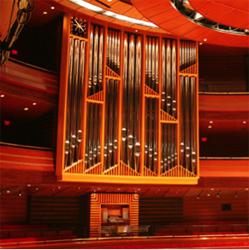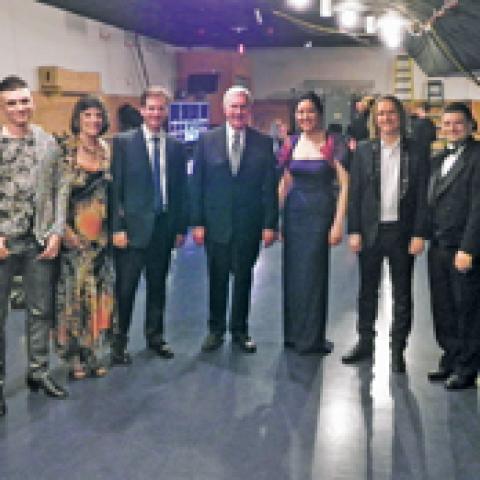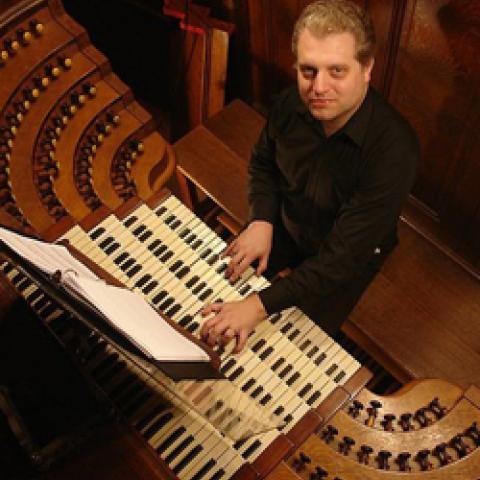
The Chamber Orchestra of Philadelphia presents Handel, Rheinberger, Brossé January 19 in Verizon Hall, featuring Chamber Orchestra concertmaster Miho Saegusa and Philadelphia organists Matthew Glandorf, Alan Morrison, and Jeffrey Brillhart.
Intertwining the brilliance of the Fred J. Cooper Memorial Organ—the largest concert hall organ in the country—with the intimacy of the Chamber Orchestra of Philadelphia, music director Dirk Brossé conducts a special organ concert in the Kimmel Center’s Verizon Hall on Sunday, January 19 at 2:30 pm. In collaboration with The Kimmel Center for the Performing Arts, the program includes music by Handel, Paulus, Jongen, Brossé, and Rheinberger.
Tickets for the performance are $24 to $81. Patrons are invited to attend the Pre-Show Artist Chat at 1:40pm in Verizon Hall with Music Director Dirk Brossé, Ms. Saegusa, Mr. Glandorf, Mr. Morrison, Mr. Brillhart, and American Public Media’s Pipedreams host, Michael Barone.
For information: chamberorchestra.org
or 215/893-1709.




